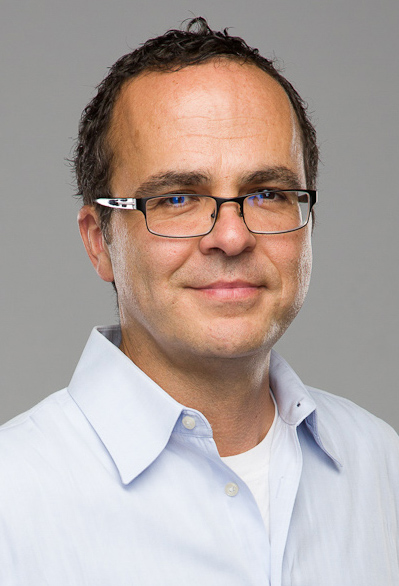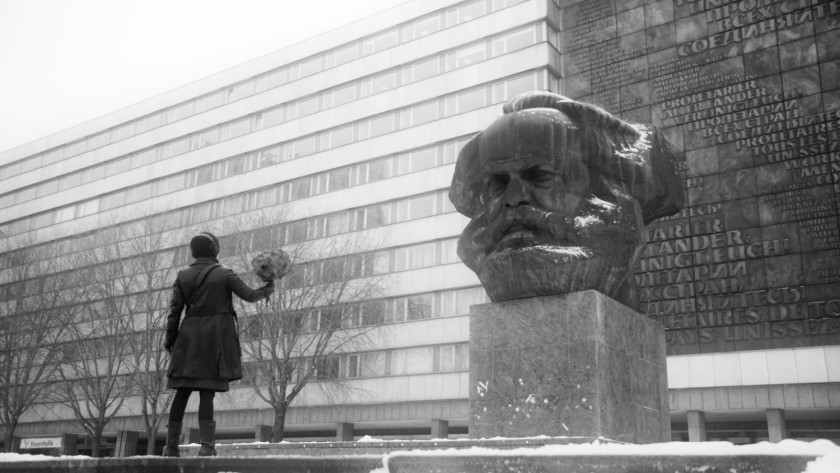Thirty years ago this November, the unimaginable happened—the Berlin Wall, the symbol of a divided Europe and the Cold War for almost 30 years, was suddenly opened and East Germans could cross without an exit visa into the West. This historic day began what would lead not only to the unification of Germany, but also set in motion the founding of the European Union and its expansion to its 28 member states today (Brexit not withstanding!).
The legacy of the communist East and how to come to terms with an authoritarian surveillance state still resonate in Europe today. Several excellent films have been made about East Germany, including the Oscar award-winning The Lives of Others (2006). That film tells of the East German surveillance state and how even the most dedicated official in the state security agency can have a heart and even compromise his position for humanitarian reasons. Despite its acclaim, awards, and resonance with audiences in the U.S. and Germany alike, some critics have argued that the film, despite its many accuracies, takes too many liberties in portraying a member of the Stasi (East Germany’s brutal secret police) as someone with compassion, willing to overlook the transgressions of those whom he is tasked to spy on.
One such critic of The Lives of Others is filmmaker can be found in Petra Epperlein’s documentary, Karl Marx City (screening November 6th at 7:00pm at the Neville Public Museum as part of the Green Bay Film Society’s International Film Series). Karl Marx City tells the story of Epperlein’s personal journey to try to understand her father’s suicide and his rumored Stasi part. 25 years after the Fall of the Berlin Wall, she returns home with her camera to survey the former East Germany and to recreate her and her family’s life through declassified Stasi surveillance footage. The East German government made use of hundreds of thousands of citizens who spied on and reported their neighbors’ and friends’ activities. All of this was done secretly, and an air of suspicion pervaded East German society. Epperlein explores the city carrying a large microphone and headphones as a way of listening in on history but also as a means to emphasize the public nature of her journey and excavation of the past.
Over the course of the film, we learn a lot about East German history and some of Epperlein’s own personal history. The film notes that Karl Marx City, known again today by its previous name, Chemnitz, was once considered to be a model communist city, but today it has become known as the site of riots in 2018 over the issue of immigration and multiculturalism. Many East European transitional democracies are still coming to terms not only with their fascist past in the 1940s, but also their communist past in the later half of the century. New York Times film critic A.O. Scott sees the movie as a cautionary tale that is still pertinent today, as new authoritarian leaders arise promising utopias in which the forgotten working classes will gain power. As we approach the anniversary of the unification of Germany next year, films such as this help us to remember the legacy of East Germany and also to consider the implications of right-wing populism not only in Germany today.

By Dr. David Coury
David Coury is a Professor of Humanities (German) and Global Studies and also Co-Director of the Center for Middle East Studies and Partnerships. Additionally, he is the director of the Green Bay Film Society, whose International Film Series screens international and independent films twice a month at the Neville Public Museum. Admission is free and all films are open to the public.
